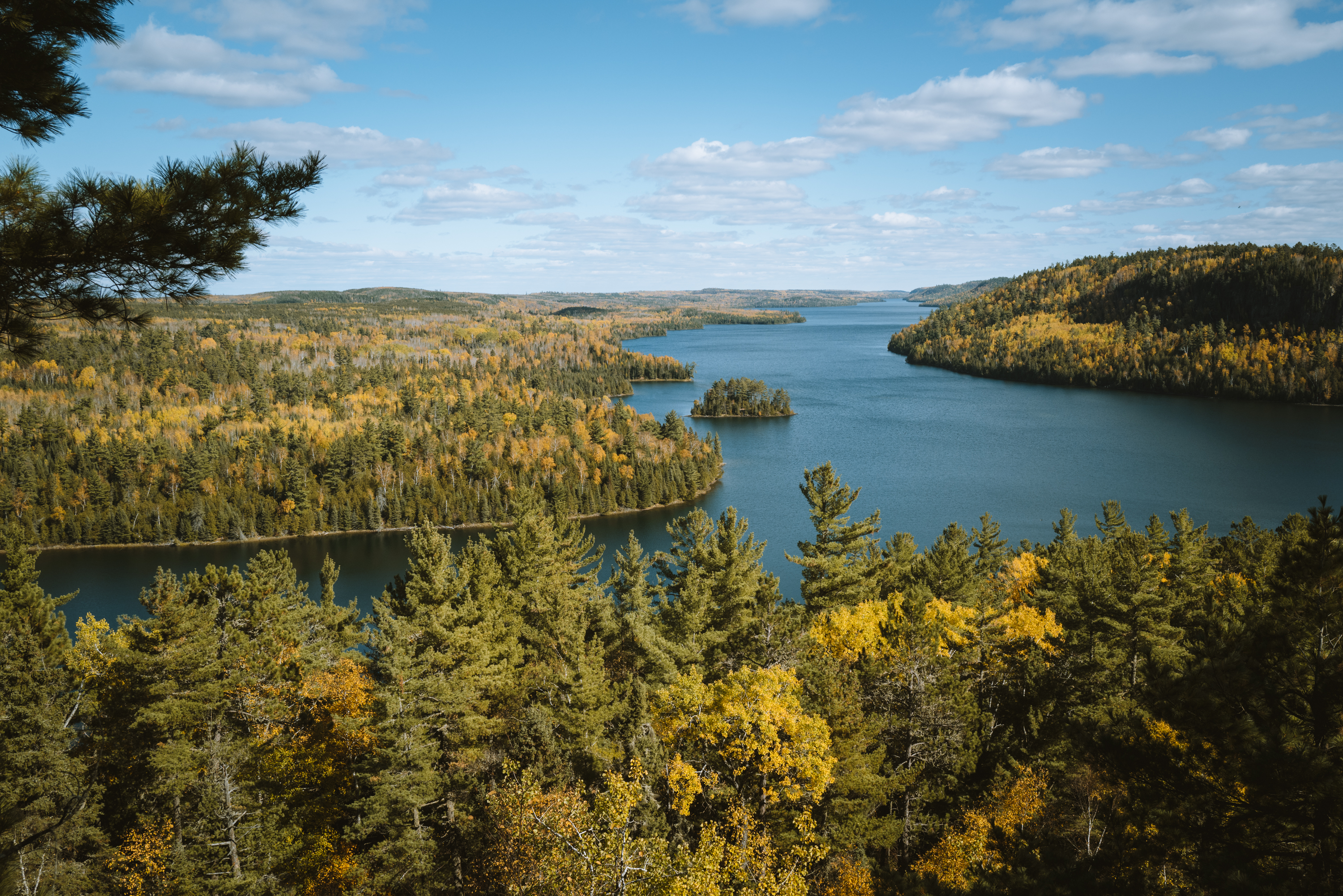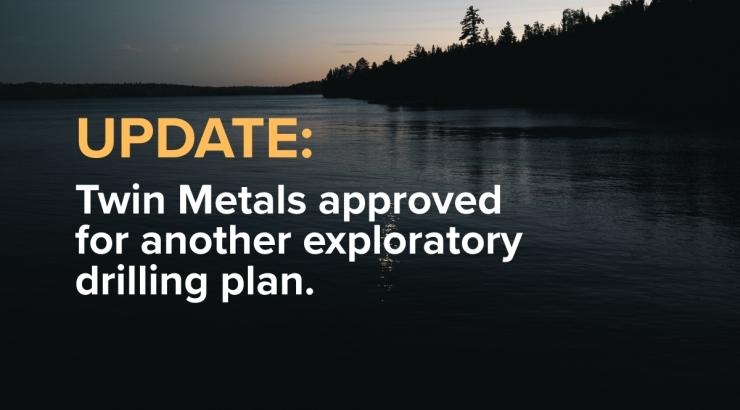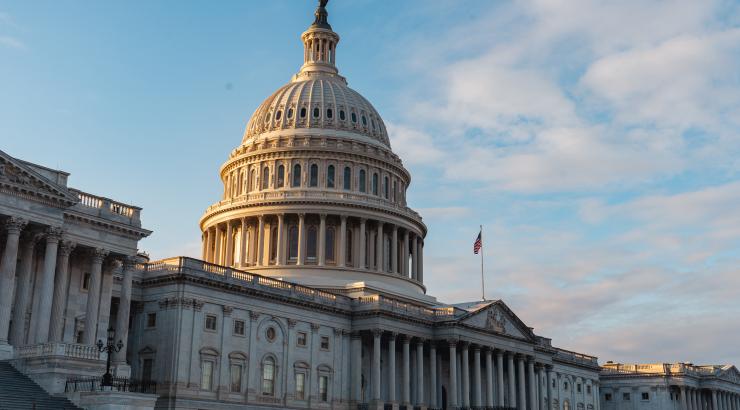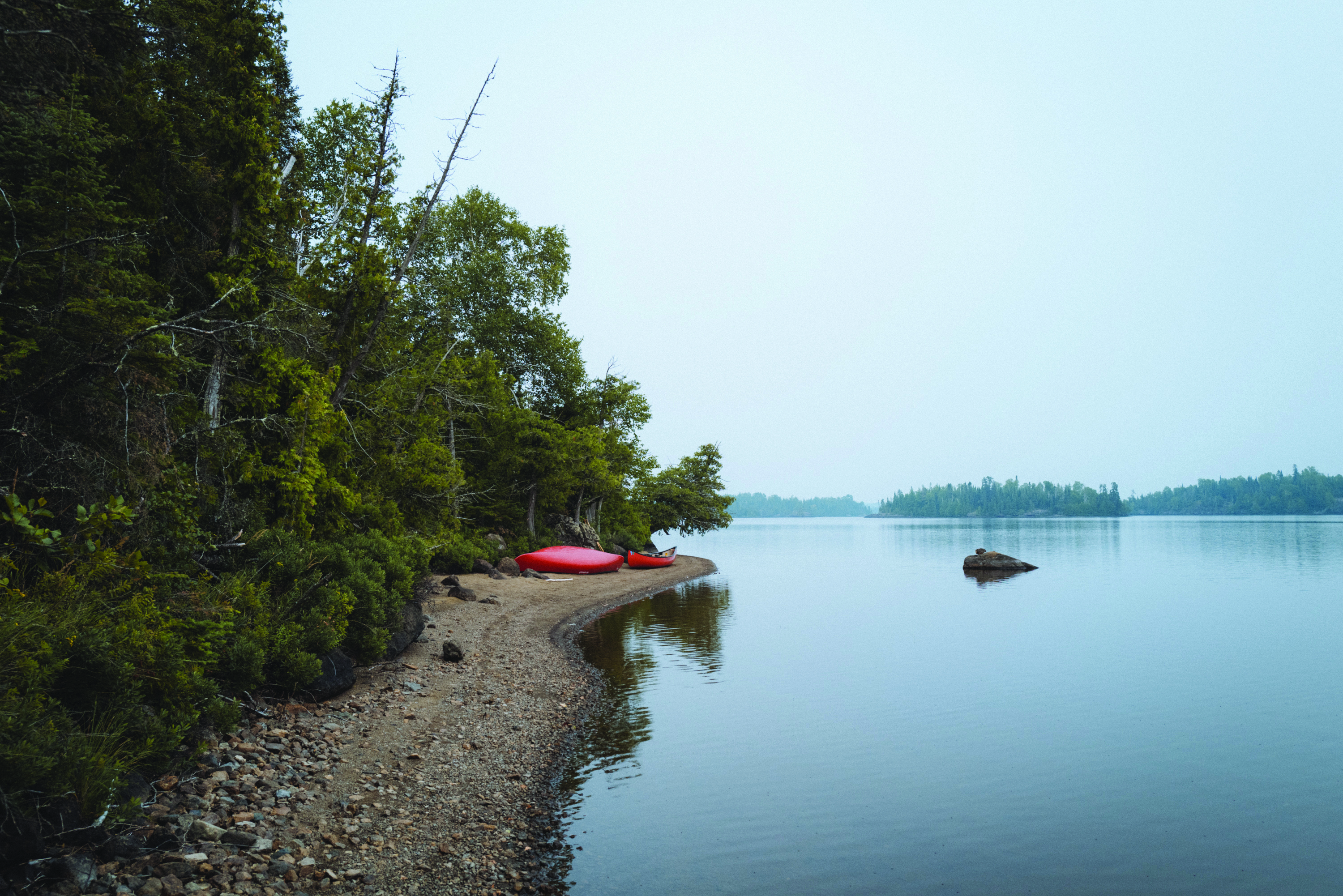
Throughout 2021 and 2022, Quiet Parks International collected and analyzed soundscape and noise pollution data in and around the Boundary Waters Canoe Area Wilderness in northeastern Minnesota (BWCAW).
The findings are conclusive: the BWCAW meets the criteria for a Wilderness Quiet Park Award, and the award was given on March 20, 2023 to recognize its pristine soundscape and lack of man-made noise intrusions, a rare feat even in our country’s remote wild places. Read Save the Boundary Waters’ press release.
The Boundary Waters is the second recipient of the Wilderness Quiet Parks award in the United States, after Glacier National Park in 2022.
In 2019, the Zabalo River in Ecuador became the first Wilderness Quiet Park, serving as a model for preserving natural soundscapes and recognizing the value of quiet spaces globally.
Quiet Parks International classifies quiet areas into five categories: urban quiet parks, wilderness quiet parks, quiet trails, quiet stays, and quiet residences and communities. The organization encourages people and governments to safeguard these areas.
Quiet Parks International was founded on the belief that quiet is important not only for human enjoyment of Wilderness, but noise-free soundscapes are also crucial for healthy ecosystems.
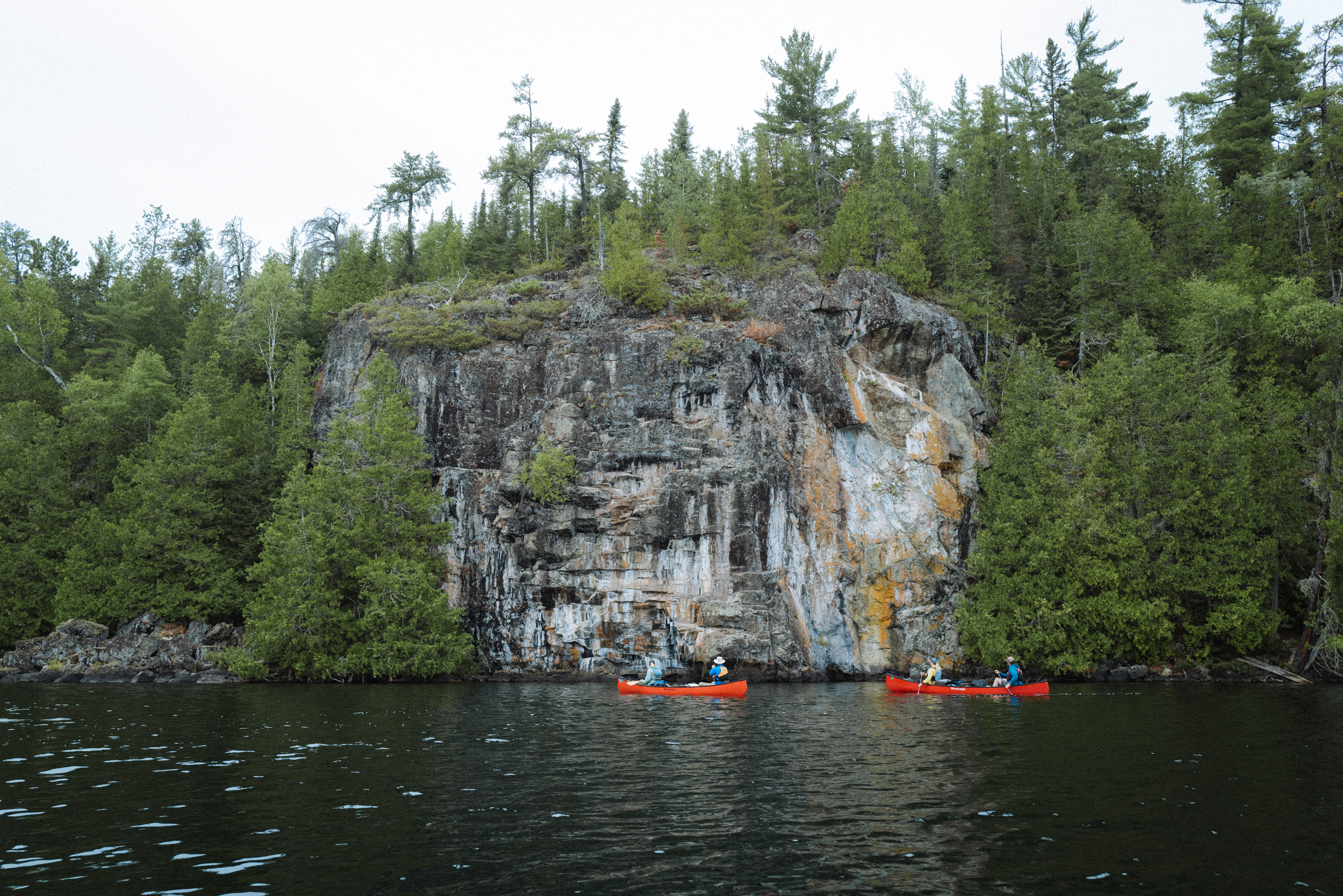
How does a place qualify for this recognition?
QPI uses a metric called a noise-free interval, or the amount of time in between man-made noise intrusions to analyze soundscapes in wilderness areas. We measure the noise-free interval using a variety of high sensitivity microphones, sound-pressure level meters, and tools such as flight tracking and noise mapping.
The criteria that must be met to be given a Wilderness Quiet Park award is a dependable noise-free interval of 15 minutes or more throughout the data collection period, and also not experience sudden noise events such as military activity, mining/resource extraction activity, or other startling and disruptive sounds.
Not only does the BWCAW experience a dependable noise-free interval of 15 minutes or more, but the natural quiet often lasts for hours at a time depending on time of day, time of year, and other factors such as air traffic patterns.
Most people think that 15 minutes of natural quiet isn’t hard to achieve, but the reality is that there are few places left on planet earth that meet this criteria. The Boundary Waters are special and inspiring for many reasons, and it’s intact and mostly noise-free soundscape is certainly one of them., Iit might be the only place in the Midwest and Great Lakes region that you can go and hear only the sounds of nature for hours at a time, with no noise intrusions.
What makes the BWCAW a quiet place?
The Boundary Waters is so quiet for a few reasons, some of which are due to its protected wilderness designation and some that are unique to it specifically. Most wilderness areas lack roads, have bans or restrictions on motorized use, and also have some flight restrictions in place, all of which the Boundary Waters have.
The number one reason most places (even Wilderness Areas and National Parks) don’t qualify to be a Wilderness Quiet Park is that most commercial air traffic flies above the restricted flight level, which is only a few thousand feet above ground level, and don’t route to avoid flying over wilderness areas in most cases.
These flight restrictions over Wilderness areas do a good job of preventing low flying private aircraft from utilizing the airspace, but do nothing for planes that are above the restricted flight level, which is only 4,000 feet in the case of the BWCAW.
Even one commercial jet flying at 36,000 feet can disturb the soundscape for hundreds of square miles in a Wilderness Area. Looking at flight radar like this one, you can see how the BWCAW is spared from much of the commercial air traffic moving through the area. Yes there are still airplanes that fly over, but far fewer than Quetico Provincial Park, for example, just north of the international border.
Even just a few minutes of looking at this map will show how rare it is to find a place like that BWCAW that experiences so little commercial air traffic. It’s important to recognize and protect rare quiet places like the Boundary Waters
Sound recording equipment was deployed throughout the perimeter of the BWCAW by QPI Volunteers multiple times over the course of 6 months during “peak” visitation. The equipment collects sound recordings and sound pressure levels for 12-24 hours while the volunteer notates qualitative data about the soundscape. Once a sufficient amount of data has been collected in a given area, the equipment will be moved and the process repeats until we feel that we understand how noise pollution enters and affects the testing location. Using all of the data from these locations, we can measure the average Noise-Free Interval, assess potential threats to the soundscapes, and map out expected noise intrusions to find places that are mostly noise-free.
Quiet Parks International is a non-profit organization with a mission to save quiet for the benefit of all life by establishing Urban Quiet Parks, Wilderness Quiet Parks, Quiet Trails, Quiet Marine Parks and more, worldwide. Quiet is essential not only for human health and welfare but also for wildlife who require a clean acoustic environment to communicate and complete their life-cycle.
Guest Blog by Matt Mikkelson, Executive Director of Quiet Parks International
Matt Mikkelsen is a sound recordist, audio engineer, and documentary filmmaker based in Duluth, MN. He has worked as a sound designer, director, and producer on several award winning documentaries, but has devoted most of his professional career to observing, recording, researching, and preserving natural soundscapes. His clients include Skywalker Sound, Microsoft, Apple, and Amazon, and his work has been featured on NPR’s All Things Considered and CNN. Matt serves as the Executive Director of Wilderness Quiet Parks for Quiet Parks International.
